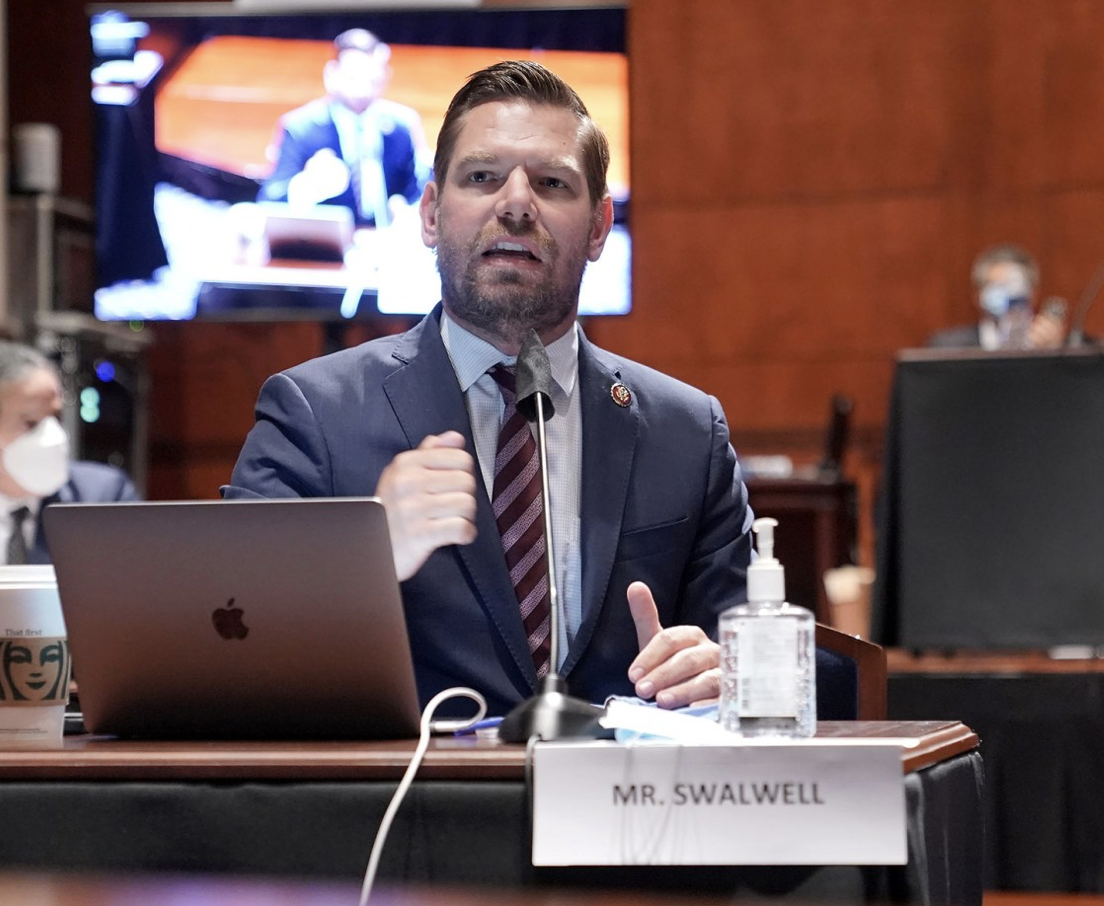By: Charles C. W. Cooke – nationalreview.com – May 26, 2022
Addressing the atrocity in Uvalde, Dan writes that
numbers aren’t everything, but they should inform our sense of proportion in nationwide policy-making. Some perspective on the size of the problem and the direction of the trend is always important. The Associated Press counts 169 deaths in 23 years. That’s a lot in absolute terms, especially when we’re discussing innocent schoolchildren. But it is also seven deaths per year, compared with 43 per year by lightning, 300 per year by toasters, 800 per year by bedsheets, and of course, over 800,000 per year by abortion.
As Dan implies, these numbers can sound callous. But now that figures such as Representative Eric Swalwell have begun making contrary claims on TV, they are important to note nevertheless. “Look at the statistics!” is an ugly and non-responsive thing to say to a grieving parent, but it is an entirely necessary thing to say to someone who is making a hard claim about generalized risk, as Swalwell most certainly is.
On MSNBC yesterday, Swalwell claimed that “it’s a lie to tell our children that they are safe at school.” But it’s not. It’s a lie to tell them otherwise. Government data show that around 54 million American children currently attend school (public and private), and that somewhere between 3.4 million and 4.6 million children enter those schools each year. If we use 4 million as a rough guide for the latter number, by my back-of-the-envelope math, this means that, over the last 23 years, 146 million children have been enrolled in America’s 131,000 schools at some point. That 110 people in K-12 schools (including teachers and other staff, but not including people at colleges, which the AP’s number does) have been murdered in that period is utterly appalling. But it does not indicate that our schools are “unsafe.” It indicates that we have an extremely specific problem with extremely rare attacks. In no other circumstance would we conclude that a risk factor of just over one in 1.3 million makes one “unsafe.”
I will readily admit that, being human, I often fall victim to exactly the same instincts as Swalwell. When the news broke on Tuesday, I immediately worried about my own children, and I immediately adopted a view of American schools that was both entirely emotionally understandable and entirely statistically illiterate. As an adult, it was my duty to get those feelings under control, to put this issue in its correct context, and then to think seriously about what we should do next. It was not my duty to indulge my fear, to cynically tie it to my pre-existing political preferences, and to tell millions of other scared, hurting, frustrated parents that their children were statistically unsafe. Eric Swalwell is a U.S. representative. That he failed this test is a shame.
To see this article and subscribe to others like it, choose to read more.
Source: Statistics Matter in Statistical Disputes | National Review
 Listen Online
Listen Online Watch Online
Watch Online Find a Station in Your Area
Find a Station in Your Area








 Listen Now
Listen Now Watch Online
Watch Online
